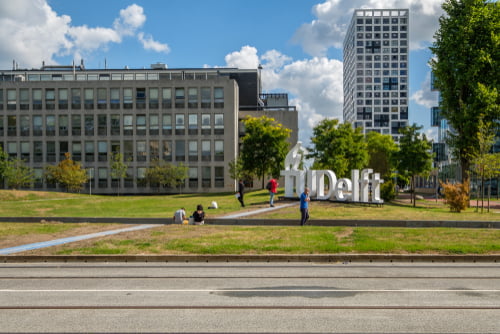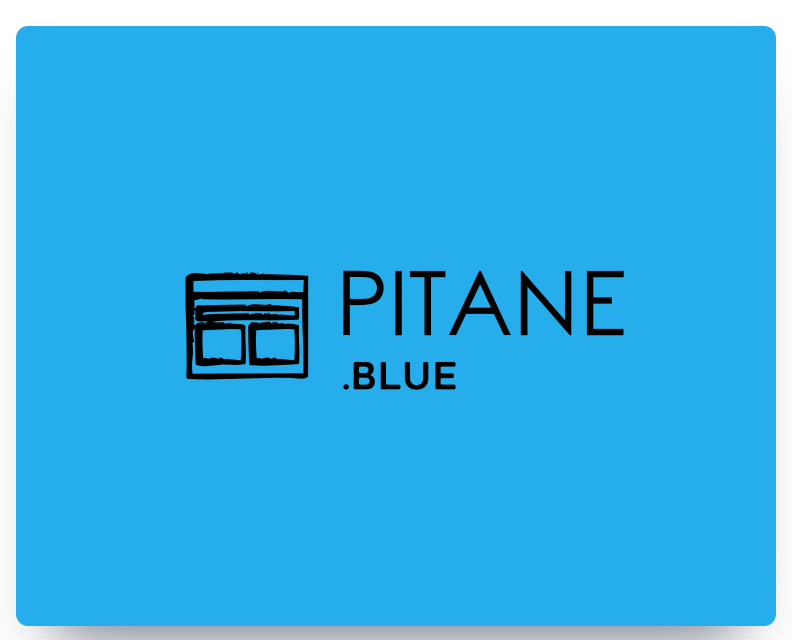TU Delft today presents and tests the latest solar racing car: NunaX. The NunaX is the tenth car made by students of TU Delft, and is not only smaller, lighter and more efficient, but built in such a way that the wind provides extra speed. With their NunaX, the students hope to win the world title for the eighth time during the Bridgestone World Solar Challenge in Australia.
The NunaX has been working for over a year and now it is ready. A milestone for the team members, all TU Delft students. Today the car is festively presented to family, fans and sponsors in De Amsterdome in Amsterdam.
Despite the fact that the team from Delft became world champion seven times before, the challenge is no less. According to technical manager Bruno Martens, the rules regarding solar racing have hardly changed in recent years. “Where cars could be very different in the first races, you notice that teams are looking at each other and the cars are starting to look more and more alike. So it's more than ever about innovation: the smart gadgets make the difference. ”
This year, the students have now succeeded in making their new car even lighter, smaller and more efficient: at 133 kg, it looks like the smallest and lightest car ever. In addition, a small wing was made to the car, which is placed in such a way that the panels on that wing catch as much sun as possible. However, the team expects most from the aerodynamic design. This time, the design specifically takes into account the crosswind experienced by the team in southern Australia each year. The car is shaped in such a way that the car gets a push in the back, as it were. This not only uses solar energy, but also a bit of wind energy.
After the first tests in their own country, the team members leave for Australia in August by car for the test and preparations on the spot.
Source photo: vatenfall.com



